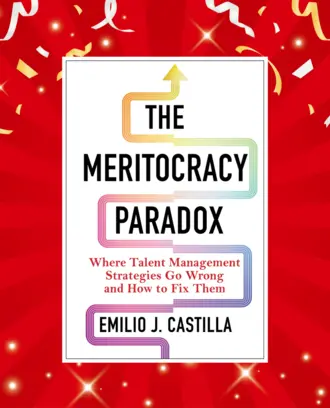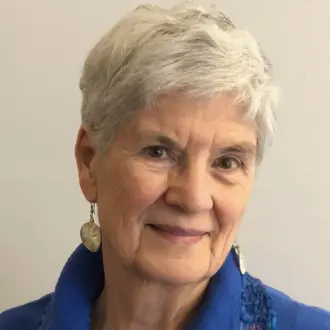In what kinds of public spaces are residents in U.S. communities most likely to encounter people from an economic class different from their own?
That’s one of the questions addressed in an intriguing new working paper by Maxim Massenkoff and Nathan Wilmers. Massenkoff is an assistant professor at the U.S. Naval Postgraduate School in Monterey, California, and Wilmers is the Sarofim Family Career Development Associate Professor and an associate professor of Work and Organization Studies at the MIT Sloan School of Management, where he is a member of the core faculty of the MIT Institute for Work and Employment Research (IWER) and is also affiliated with the Economic Sociology group. In their new working paper “Rubbing Shoulders: Class Segregation in Daily Activities,” Massenkoff and Wilmers use aggregated location data from mobile devices in conjunction with neighborhood income statistics to gain new insights into when Americans from different economic classes do and don’t interact.
Massenkoff and Wilmers find that both the wealthiest and poorest Americans tend to live in neighborhoods that are more isolated from other classes than those where Americans from more middle-income backgrounds reside. This isolation is most pronounced, the researchers find, for wealthy Americans in cities and suburbs, although poor Americans in rural areas are also more isolated than average from interaction with other classes. “Residents of low- and especially high-income neighborhoods are exposed disproportionately to others like themselves,” the authors conclude.
Surprisingly, the institutions where U.S. residents are most likely to encounter people from a different class background aren’t churches, libraries, or public parks. According to Massenkoff and Wilmers, the places where Americans are most likely to encounter fellow citizens from different economic backgrounds are relatively affordable full-service chain restaurants, like Olive Garden or IHOP. “We find that restaurants tend to mix people,” Massenkoff and Wilmers write. In particular, they note that “several low-price, full-service restaurants, like Olive Garden, Applebee’s, Chili’s and IHOP contribute to mixing for both rich and poor visitors.”
“Our results demonstrate that the places that contribute most to mixing by economic class are not civic spaces like churches or schools, but large, affordable chain restaurants and stores,” Massenkoff and Wilmers conclude. “Insofar as policy makers seek to increase exposure between different classes, they should pay attention to the role of firms in shaping class mixing.”



